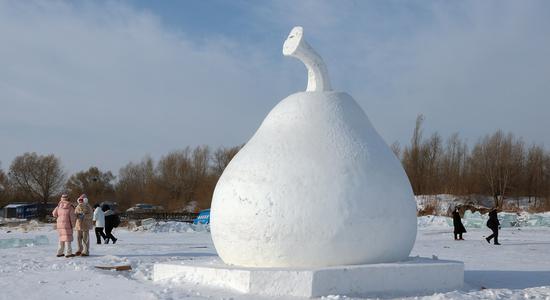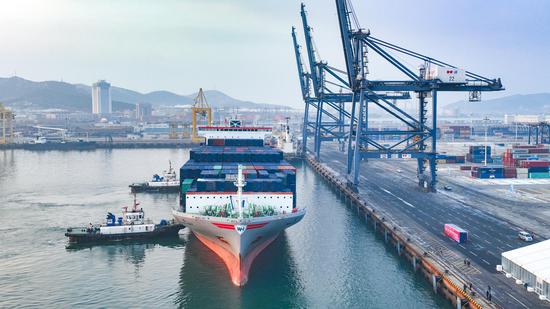By Qiu Yining from CNS
Zhang Guogang is a professor at the School of Humanities, Tsinghua University, and distinguished professor of the Changjiang Scholars Program of the Ministry of Education of China. A Humboldt Research Fellow, he studied the history of European sinology and the history of cultural exchanges between China and the West at Hamburg University and at Trier University, Germany. He was a member of the Chinese Ministry of Education’s Steering Committee for History Teaching and vice president of the Chinese Society for Historians of China’s Foreign Relations. His works include General History of the Cultural Relations Between China and the West, The Historical Evolution of the Silk Road, History as a Mirror and the Rise and Fall of China and The Frontier of Civilization: From Ancient Times to Modern Times.
In the Chinese world order, “the West” has special meanings—from the simple geographical reference to cultural connotations. From the ancient Silk Road to the spread of modern Western learning to the East, the development of the Chinese civilization has always been accompanied by exchanges and mutual learning between the Eastern and Western civilizations, willingly or enforced. Today, however, some people think that the Chinese civilization and Western civilization are incompatible, and the rise of China is a signal of hegemony. Zhang Guogang weighs in on the validity of the “clash of civilizations” theory and the way for Eastern and Western civilizations to get closer.
CNS: How did different civilizations connect in the history of human development? How did the early Eastern and Western civilizations meet?
Zhang Guogang: Homohabilis, the most ancient representative of the human genus, and Homo ergaster, the oldest known earliest humans with modern human-like features, traveled out of Africa three times and reached Asia and Europe. With the emergence of Homo sapiens in the Paleolithic Age 250,000 years ago, human beings were divided into different groups based on skin color and body shape, and gradually parted ways culturally. From 12,000 to 10,000 BC, global warming led to the first Agricultural Revolution, which promoted the birth of the ancient human civilization. Homologous human beings shared the same intellectual capabilities, so the material civilizations created by human beings in different places had fundamental and macroscopic similarities. At the same time, they also showed regional differences in technology and materials.
From 2000 to 1000 BC, there was a large-scale exchange between the Eastern and Western ancient civilizations in Eurasia, driven by the migration of nomads. The earliest interaction between the Eastern and Western civilizations originated from the ancient Indo-Europeans. Some entered Mesopotamia, some entered India, and others migrated to northern China via Central Asia. The great migration brought shocks and new changes. Civilizations had exchanges with one another, learned from one another, merged and grew up in war and peace.
CNS: The history of exchanges between the Chinese and Western civilizations is also the process of getting to know each other. What historical stages did this process pass through?
Zhang Guogang: Exchanges among human civilizations began in the wilderness era but due to the natural conditions, their scale and forms were greatly limited. But after entering the period of civilized society, especially after the birth of nations, the exchange was influenced by multiple factors such as political power, the economy and society. In this process, China’s perception of “the West” also changed gradually.
In different historical periods, China had different degrees of passion and paths for foreign exchanges. They can be roughly divided into three periods.
The first period was before the fifteenth century and can be called the classical period. During this period, China was ahead of its neighboring countries in economy and science for a long time, and was in a more active and stronger position in the cultural exchanges with the West. From the Han Dynasty (202 BC–220 AD), the East and the West opened up direct communication channels, and material and cultural exchanges followed.
The three centuries from 1500 to 1800 can be counted as the second period, namely, the late Ming Dynasty and the early Qing Dynasty period. The opening of a new sea route expanded the exchange to religion, science and technology, art, ideology and politics. During this period, China and the West were in an equal position politically; the spread of Western culture to the East and Chinese culture to the West was reciprocal.
The period around the first Opium War (1840–1842) to 1949, when the People’s Republic of China was founded, can be regarded as the third period, that is, the modern times when China was in a passive and weak position.


















































 京公网安备 11010202009201号
京公网安备 11010202009201号